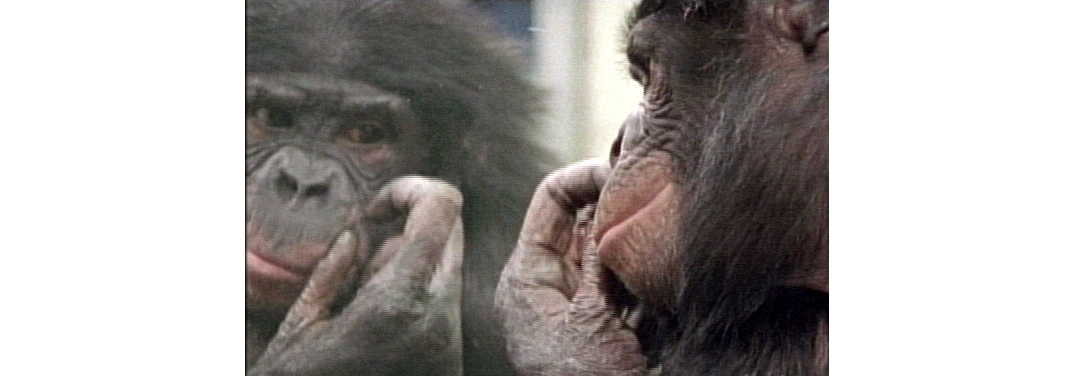"It is the theory that decides what we can observe." (Einstein)
"It is more important that a theory be beautiful than it be true." (Paul Dirac)
In Greek, theoria originally meant a looking at or viewing and theoreo, a spectator. In this sense, theory and Visuality are metaphors of each other.
Is the theoretical attitude is that of the disengaged observer? Does theory require a distinction between the illusionless observer and the gullible participant, or to put it more mildly, between theory and observation? Does theory always entail what John Dewey derided as the "spectator theory of knowledge"? Perhaps to theorize is to create the impression of something that existed already (or, even better, always already) (see metaphor) In the Pragmatic tradition, theory is the critical reflection on "belief." William James calls it "an appetite of the mind," what Frank Lentricchia calls "the need to generalize" and "to obliterate differences." (quoted in Cary Wolfe, Postmodern Theory and the Pragmatics of the "Outside" )
But according to the Greek conception, theory is not a knowledge but touching (thigein ).
Read More
